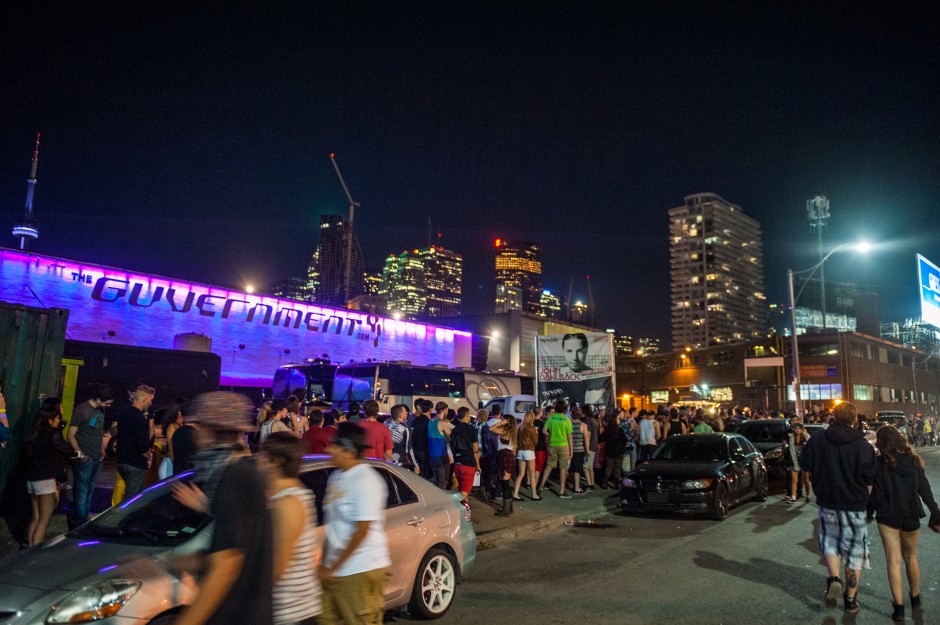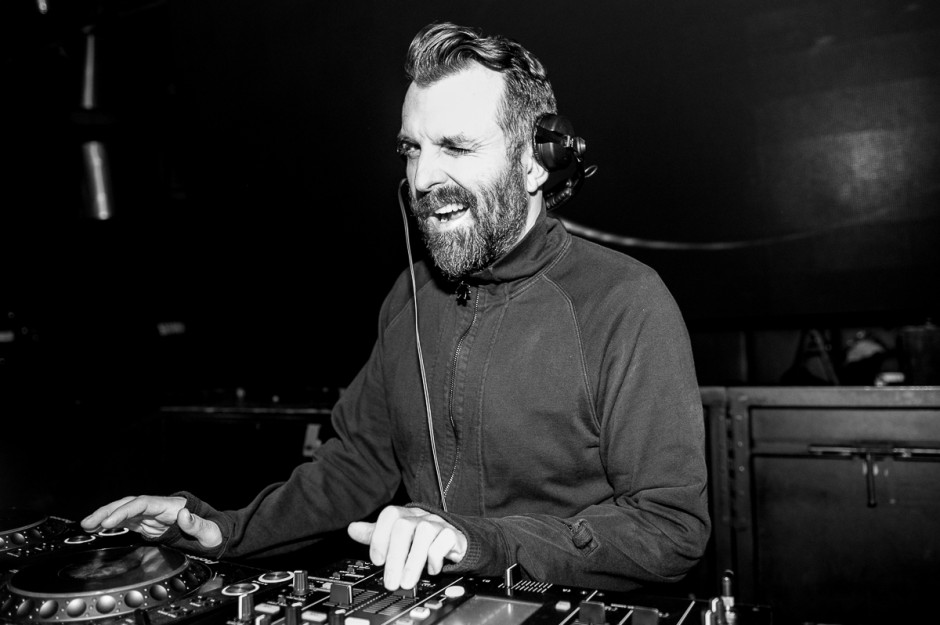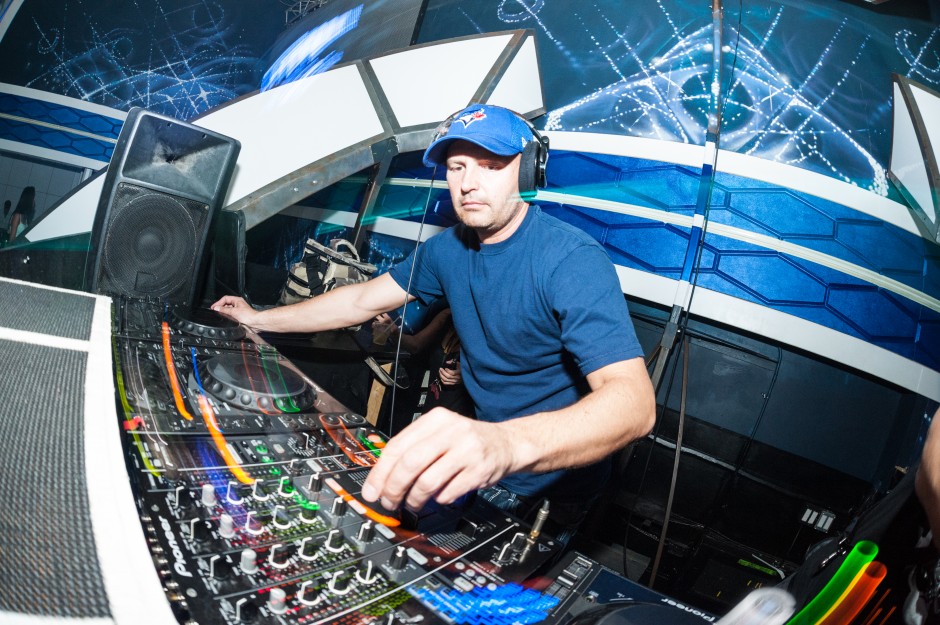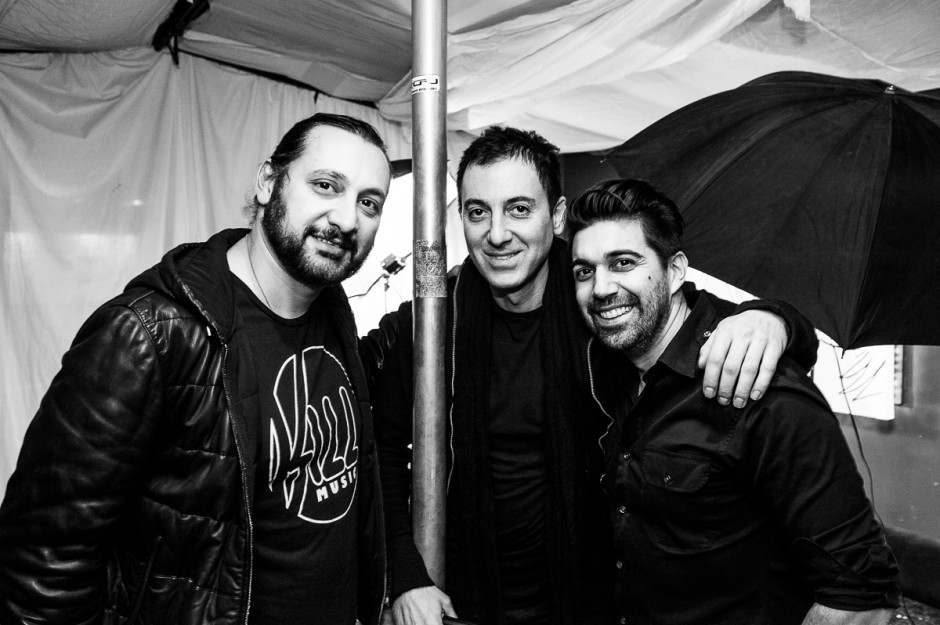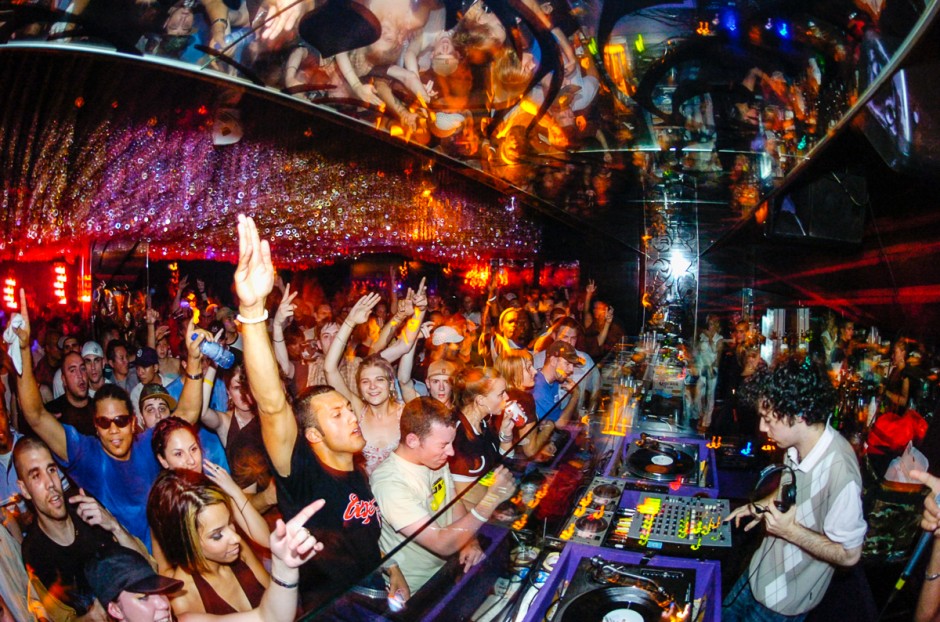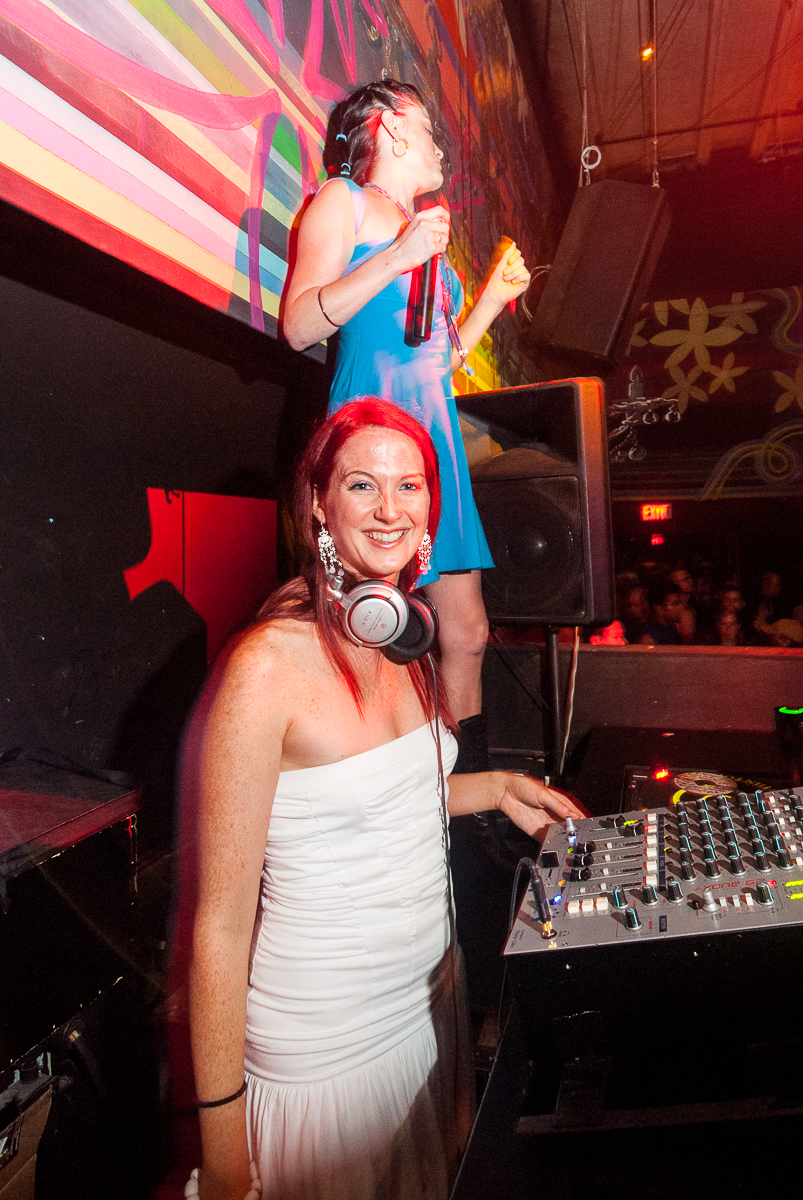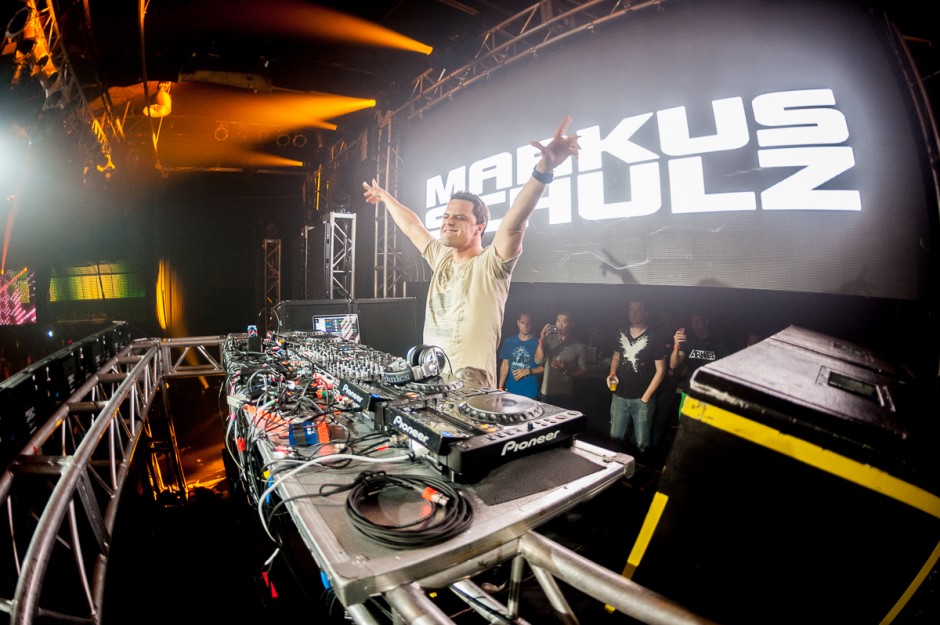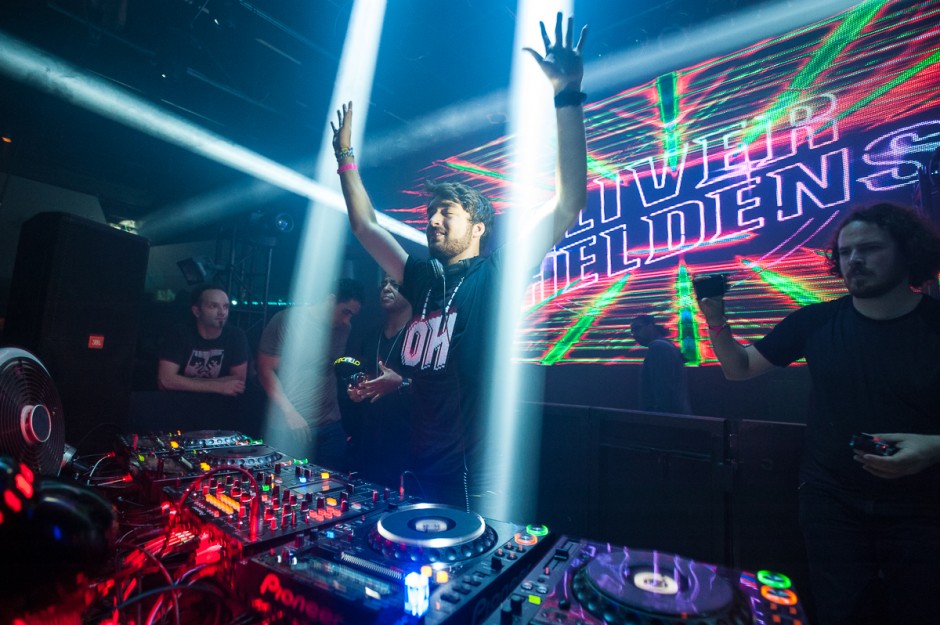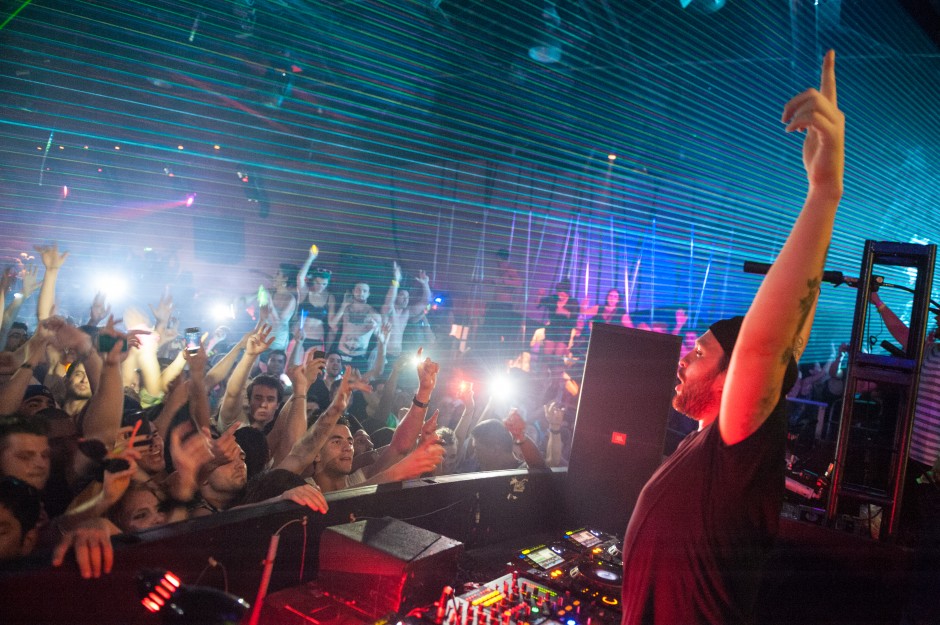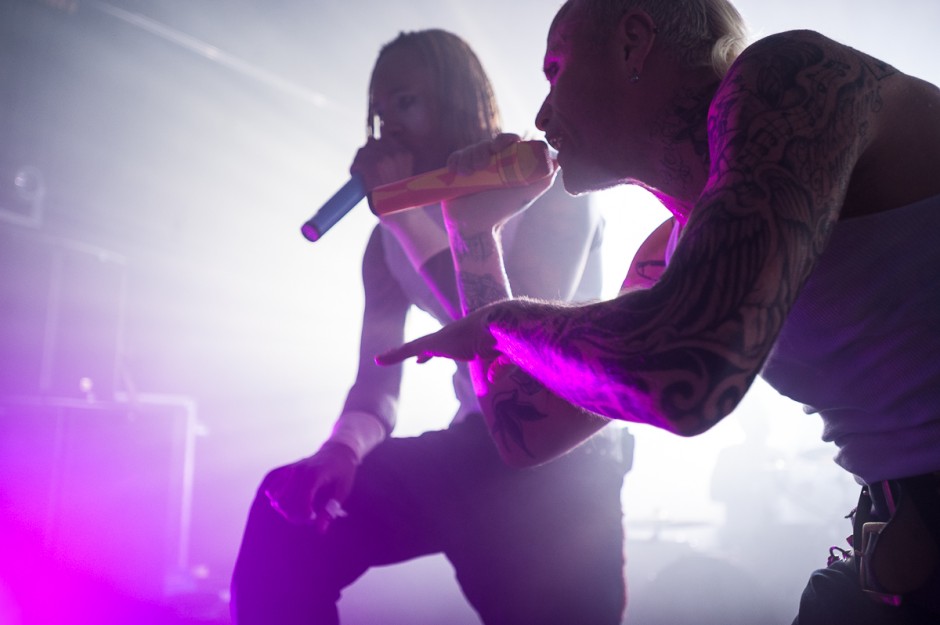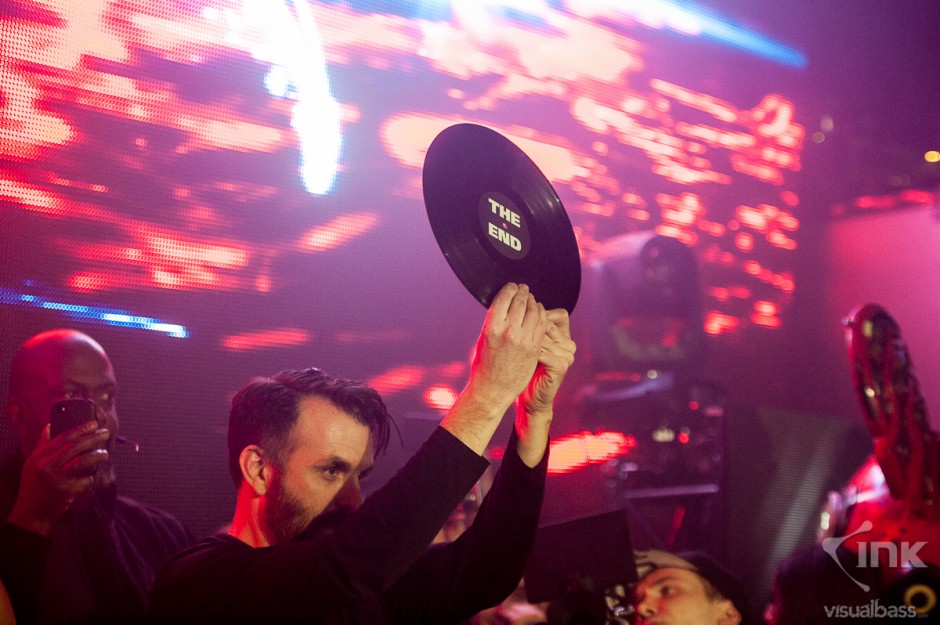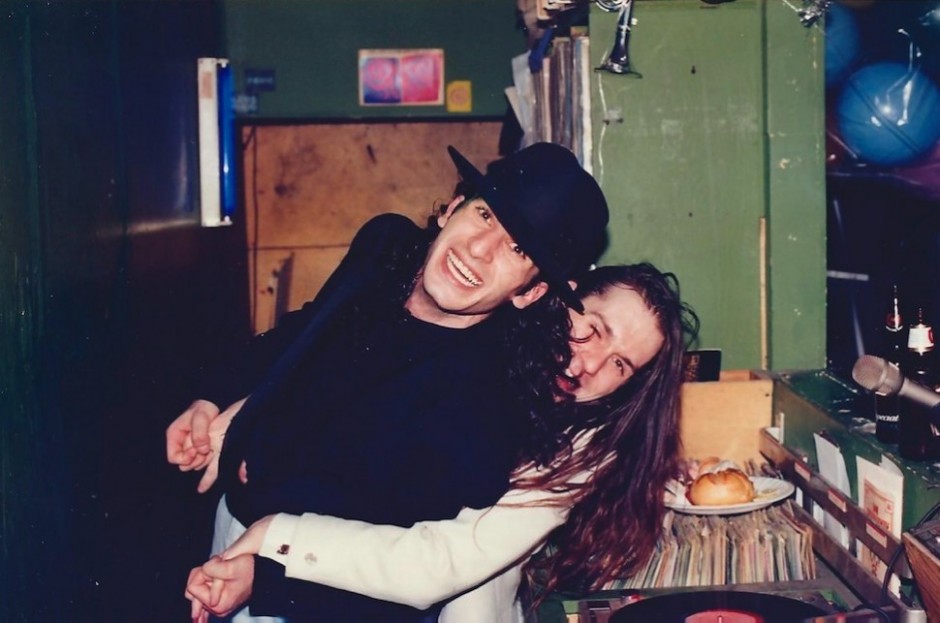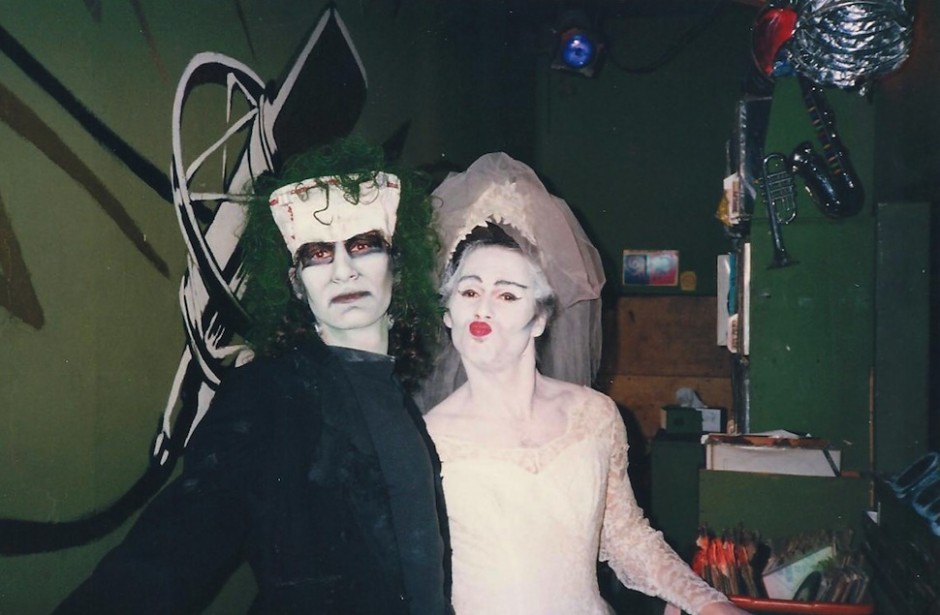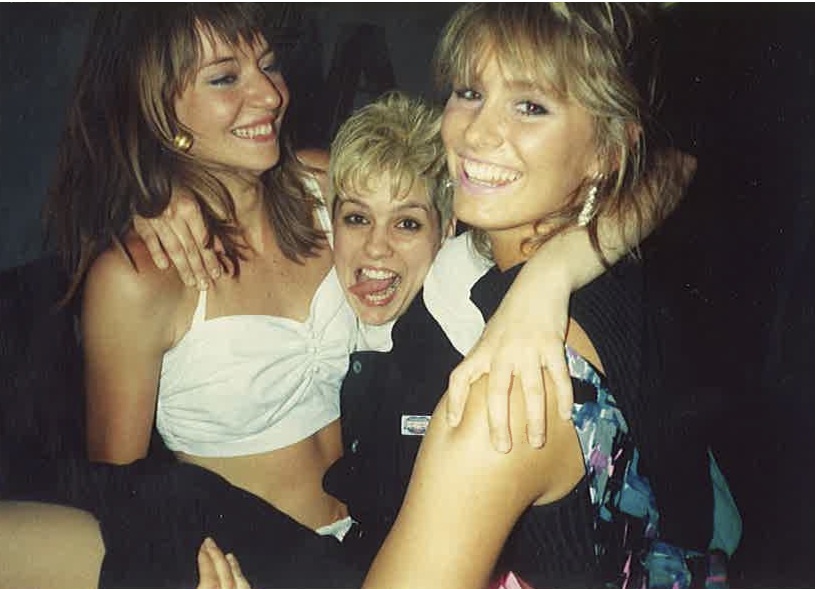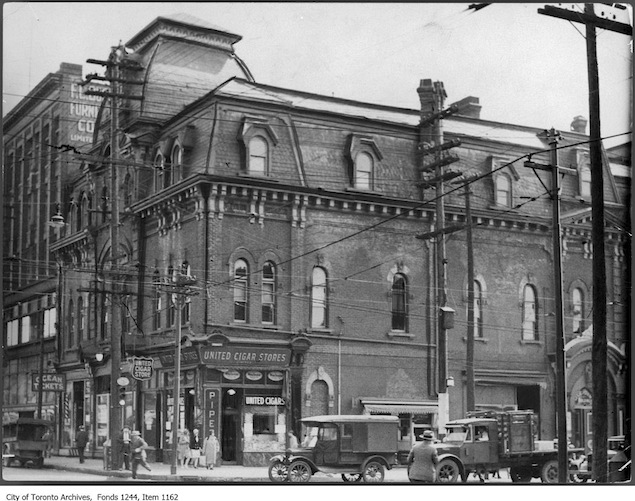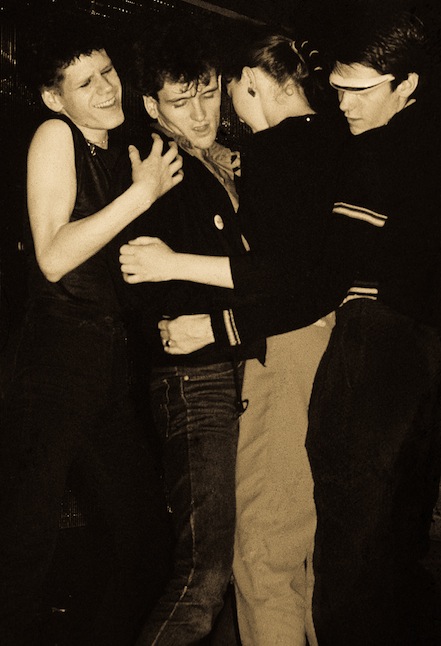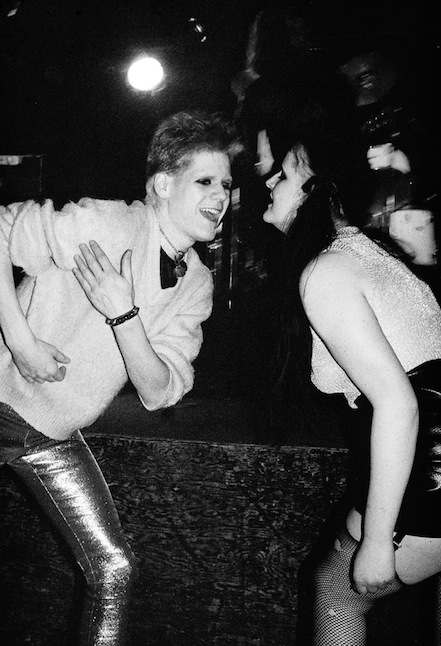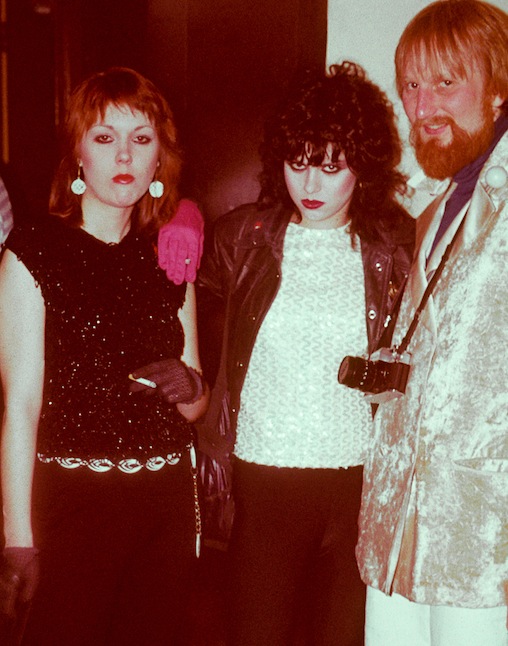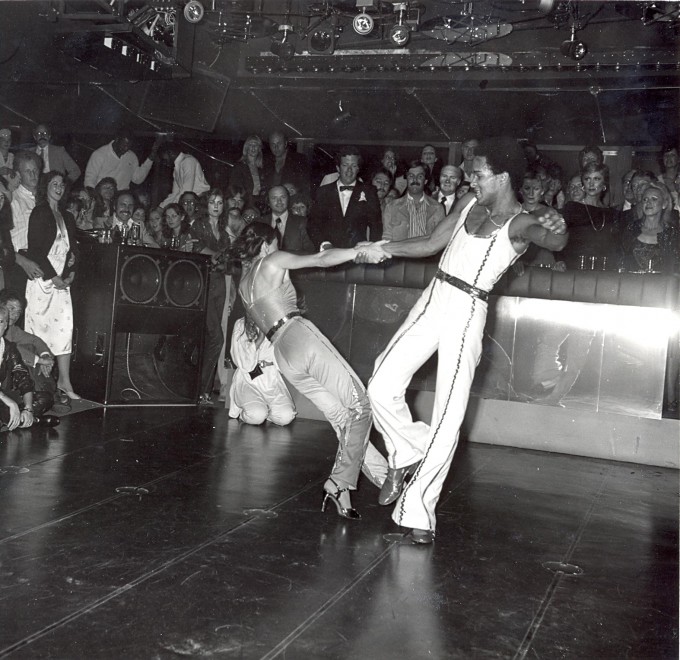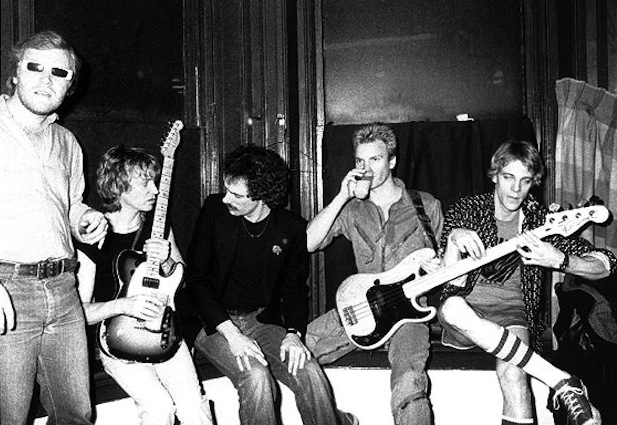All photos in the gallery by Tobias Wang of Visualbass Photography.
After almost two decades of hosting the world’s biggest DJs, alongside some of Toronto’s finest, Canada’s largest nightclub recently closed doors to make way for condo development on the waterfront. With the participation of some of The Guv’s key players, Then & Now delves deep to tell the exhaustive story of a club that mirrors – and contributed greatly to – electronic music’s evolution. Rave on.
By: DENISE BENSON
Club: The Guvernment complex, 132 Queens Quay East
Years in operation: 1996 – 2015
History: Charles Khabouth has been mentioned throughout the Then & Now series as his influence in Toronto nightlife is widely felt. Khabouth’s earliest nightclubs, Club Z on St. Joseph and Stilife on Richmond, were pioneering in very different ways. Early in 1996, he began work on a wildly ambitious project, one so successful that it would both cement Toronto’s reputation as an international clubbing destination, and anchor Khabouth’s ever-expanding business empire. But things could have turned out very differently.
In the mid ‘90s, the stretch of our waterfront near Queens Quay and Jarvis was still fairly isolated and industrial. A stone’s throw from Lake Shore Boulevard, it held factories, parking lots and stretches of open space. Condos did not dominate the landscape.
The 60,000 square foot space at 132 Queens Quay East had housed large clubs in its recent past. From 1984 to late 1985, it had been home to the Assoon brothers’ innovative Fresh Restaurant and Nightclub. For the next decade, it was the location of popular club RPM and its sister concert space, the Warehouse.
When Khabouth took over the building on January 1, 1996 he couldn’t have known that he had almost eight months of renovating ahead. But he did know that he had to compete with Toronto’s then-booming, highly concentrated Entertainment District.
“I thought, ‘How am I going to compete with 50 nightclubs side-by-side downtown?’ Khabouth tells me during an expansive interview. “Kids would go to the one area and bop around all night long. I realized I had to do a multi-room venue or I had no hope in hell. That’s why I created five venues under one roof, plus the Warehouse, which really was a warehouse.” Continue Reading…






